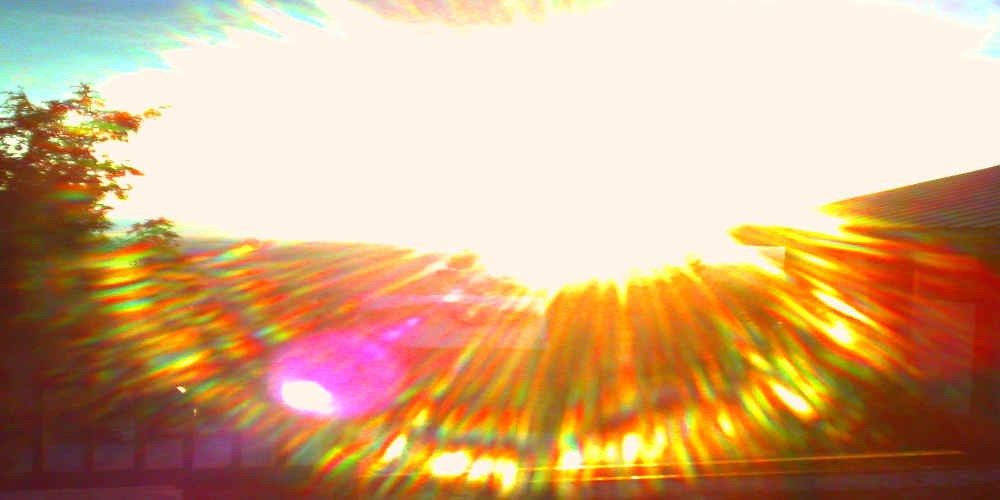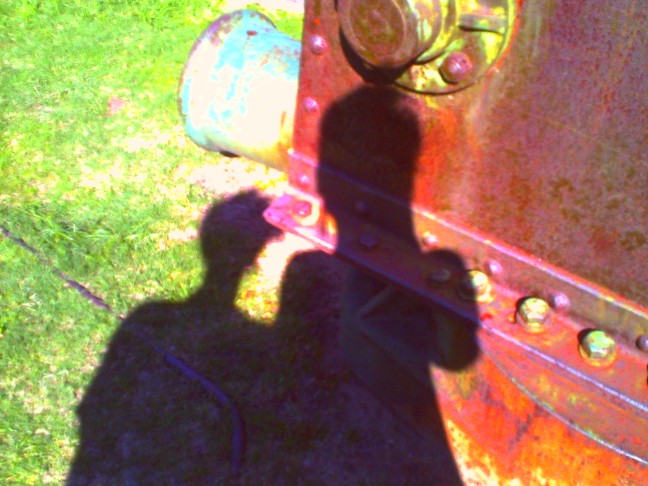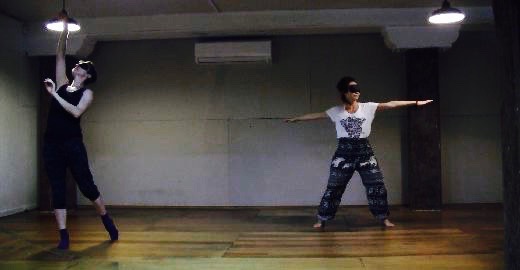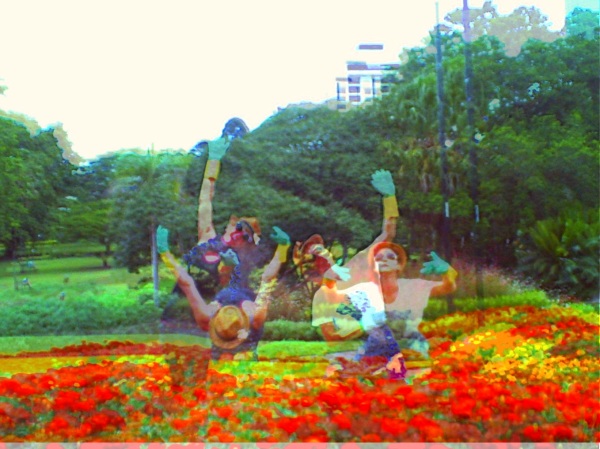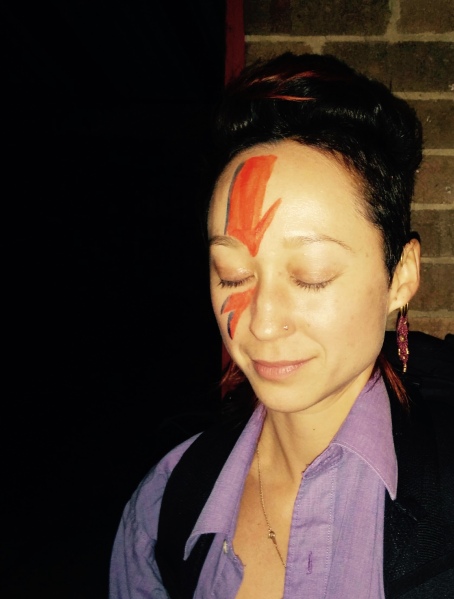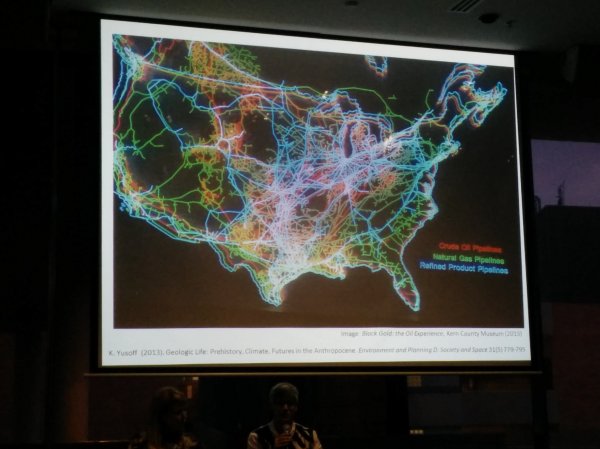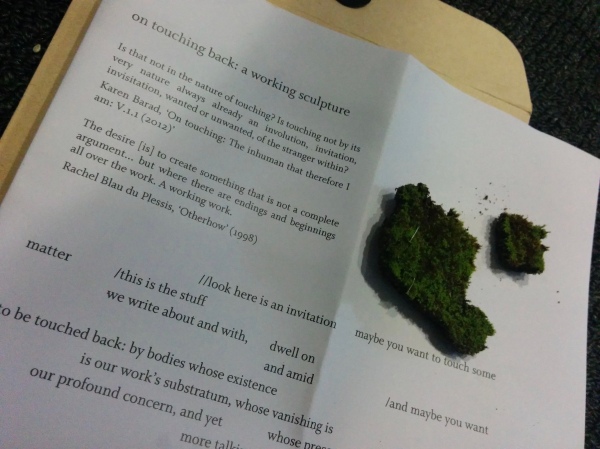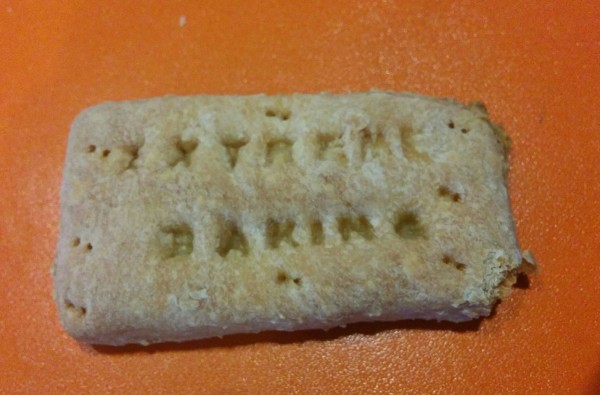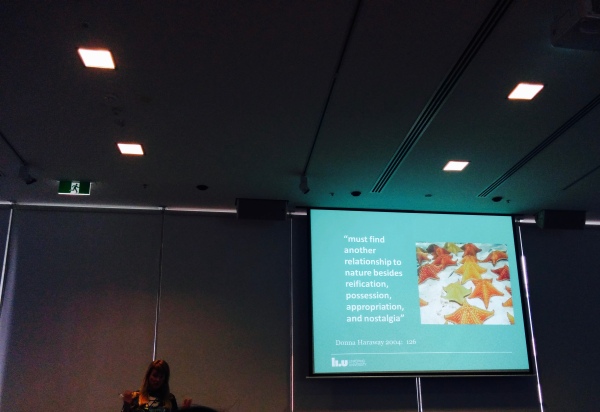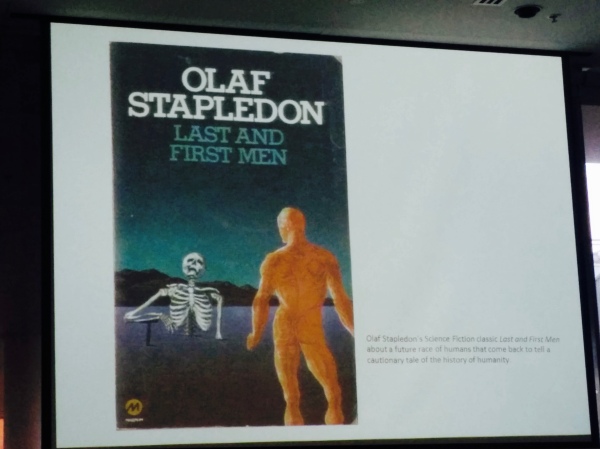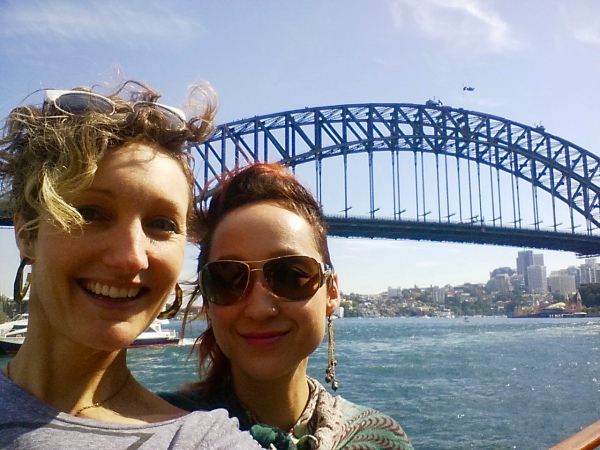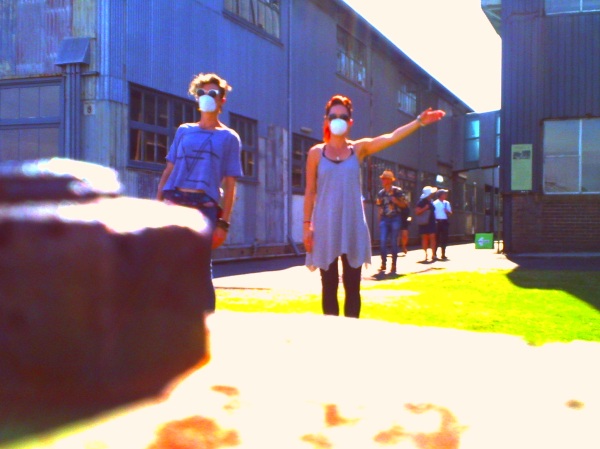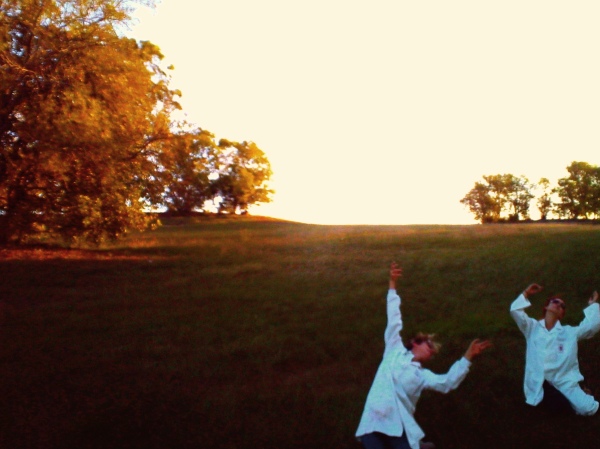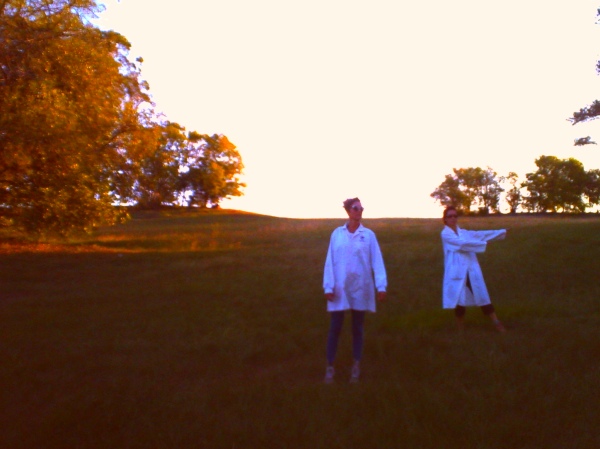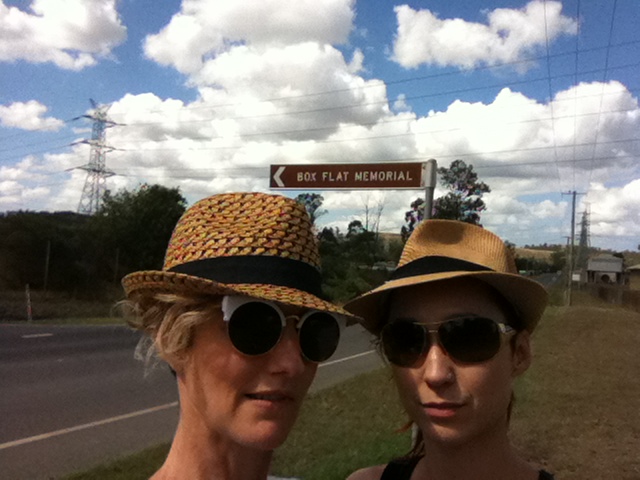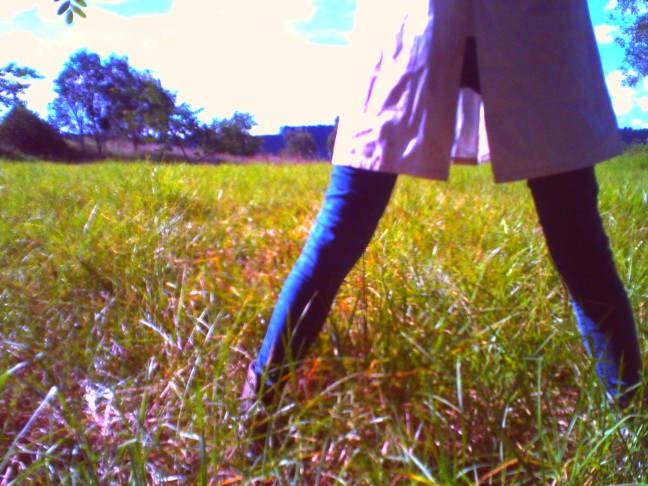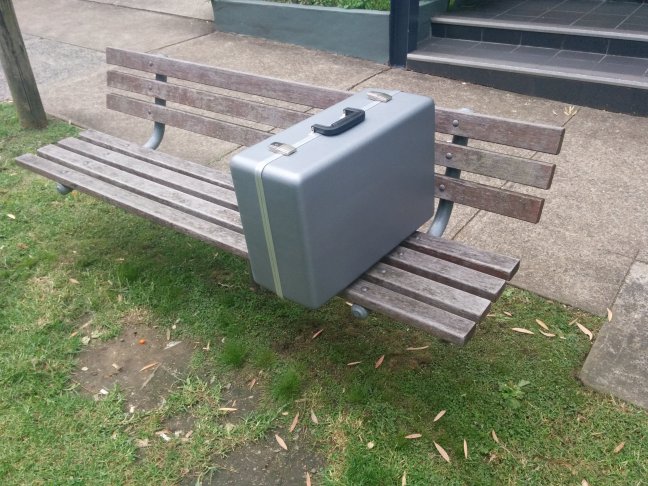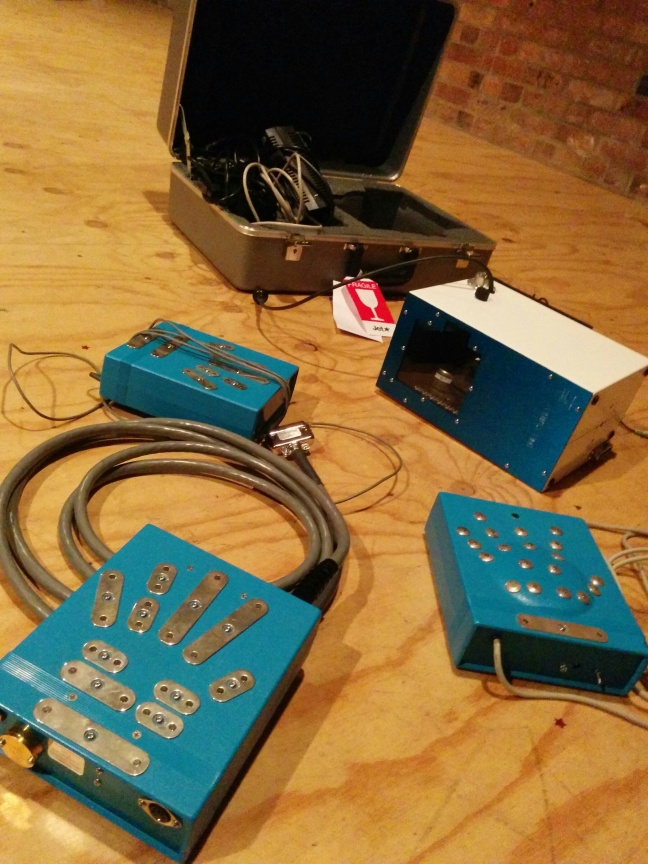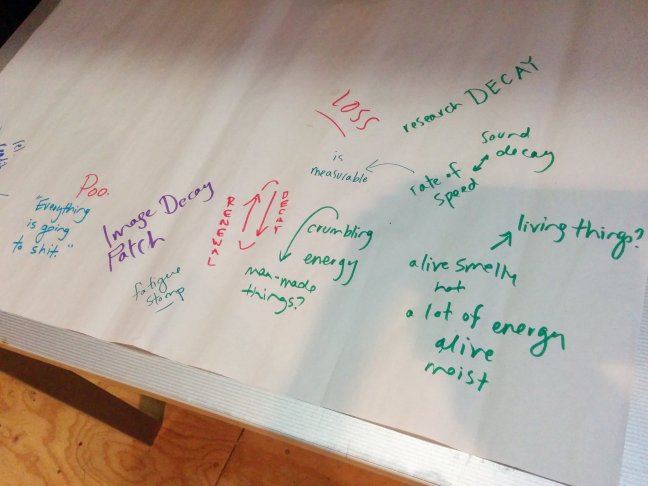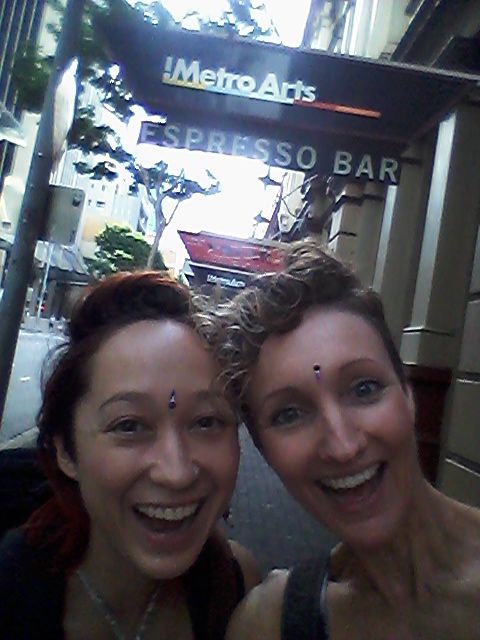The so-called “Schumann” waves, which would better be called atmospheric “brain waves,” occur in the 8- to 30- Hz region. Since they exactly match the human brain waves (8, 14, 21, 27, and 33 Hz) I consider that EEG brain waves are actually the low-frequency atmospheric waves “in the air” of our brain. We are, after all, mostly water and air. The organic molecules of our bodies are only little photonic oscillators that fill the spaces between the water and atmosphere of our body. It is highly unlikely that the exact match between low-frequency atmospheric ELF (8, 14, 21, 27, and 33 Hz) and so-called brain waves is accidental.
I suggest that this change in our paradigm regarding brain waves will infuriate the elitists of science who utilize mathematics to obscure what is obvious in nature. Mathematics is a beautiful and elegant subject which should be utilized to design systems based on nature, not utilized by high-tech technocrats to confuse the public with computer models that have no relationship to what is observable in nature.
In summary, every human being is like a sponge in a bowl of jelly (the atmosphere). When the atmospheric jelly shakes (ELF waves), then the sponge in the jelly also shakes at the same frequency. The organic photon oscillators of our body superimpose their messages on this atmospheric brain/body continuum.
~ Paramagnetism, Philip S. Callahan ~

Well, Week 3 was an anomaly. Because Week 2 went overboard and stretched itself into Week 3, we were operating on an unconventional time sequence. We started Monday and Tuesday by staying closer to home, writing, processing, and engaging in separate mind/body trainings. Sophia meditated in her room and practiced connecting to gravity through Noguchi Taiso, while Leah went out into the world and trained in yoga and defied gravity in Pole Dance. We are a well-balanced team in many ways.

Week 3, Day 1.3
Our week in the studio began again on Wednesday, starting off strong with Suzuki in the morning. Robbie O’Brien joined us. Robbie and Sophia did SITI’s Saratoga Training Intensive back in 2008. Leah and Sophia met prior to that while training together in NYC. It always feels profound when we come together to train and collaborate after years of minimal communication. Big shout-out to SITI Company for creating connections, grounding us in shared stomping, and bringing artists together worldwide in lasting creative relationships.
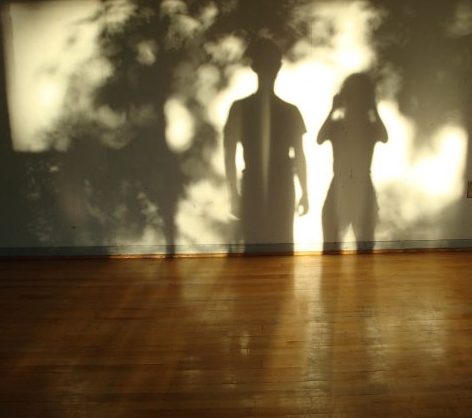
We didn’t stomp that day, but we went through all the basics, innovating new ways of leading each other. Doing Suzuki Training in a circle is especially interesting, as is silent basics where we all lead and yet no one leads. ‘Slow-ten’ is a recurring exercise. Something about the pace of it feels right for this project.
After training, we enlisted Robbie in a brief experiment. After the previous training session, we asked our participants to do a brief stream-of-consciousness writing exercise based on two questions:
- What is energy?
- Can you measure energy? If so, how?
We asked Robbie to do the same exercise, but this time we put on our field testing gear—lab coats, sunglasses, and detective hats—just to make it a bit more official. This little test called into question our characters, clown, and how much we rely on “real” science to express what’s in our hearts.

From there, we presented our presentations, devised on what interested us in everything up to that point.
Sophia’s presentation was very macro and specific, created with words, script, images from our “real life” shenanigans and presenting itself as an overview structure of what we might transmit during our upcoming showing of findings.
Leah’s presentation was rigorously detailed and simultaneously abstract, featuring a powerpoint presentation inspired by Jorge Luis Borges’ Celestial Emporium of Benevolent Knowledge. Her compelling and surreal micro-performance attempted to define energy and confine time with the assistance of a battery-powered lightbulb and this text:
‘In relation to the history of organic life on Earth,’ notes a recent biologist, ‘the miserable fifty millennia of homo sapiens represents something like the last two seconds of a twenty-four hour day. The entire history of civilized humanity would, on this scale, take up only one fifth of the last second of the last hour.’
~ Theses on the Philosophy of History, Walter Benjamin ~
Then we opened up the Coggins Aura Camera 6000, only to find that we would need a PC to get it to work. We got to work on that immediately.
Week 3, Day 2.4
We got in and got down with the Aura Camera straightaway using Metro Arts’ various computers to boot up our baby, only to find that we were missing the critical element—the software!! The guy who we had bought it from in Sydney claimed everything was in there, but we didn’t thoroughly go through the entire heap of documentation at the time. There was a CD in there, but it was not the software install. Instead, it was this strange and rudimentary “How To” video that featured Guy Coggins and his floating aura, as if he was being beamed at us from another galaxy.
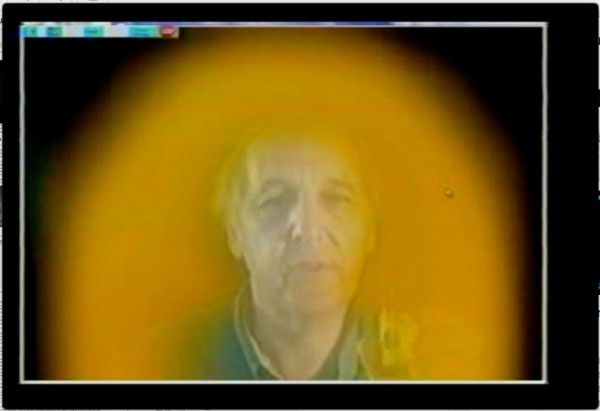
So Leah tried to track down the software, getting on the line with the Aura Camera company (well, sending them a email and leaving them a voicemail because they suspiciously did not answer). Sophia spent the afternoon messing around with programming a live feed option. If we weren’t going to get the promised software, it looked like we may have to create our own…
Over lunch, we plotted our script/storyboard for our film trailer of electromagnetic proportions, cracking on as we cracked ourselves up.
Our next presentation prompt was to present on the theme: “All matter is made of energy.” Leah laid Sophia out on a long experiment table covered in a yoga mat (which looked eerily like an operating table or something you’d find in a morgue), and conducted an immersive sound experiment on her subject. Inspired by a newfound obsession with waves, Leah had spent the previous night researching the Solfeggio Tones, and she proceeded to test this out on Sophia, playing certain frequencies at high volume through an online tone generator, and explaining (in a calming, meditative voice) the potential impact these vibrations and sound waves have on one’s body.
Through this experiment, we started to sense some powerful connections between these soundwaves and our attempts understand energy—the soundwaves gave us something visceral to work with, allowing us to visualise and feel energy in a more tangible way.
In quantum physics, quantum coherence means that the subatomic particles are able to cooperate. These subatomic waves or particles not only know about each other, but also are highly interlinked by bands of common electromagnetic fields, so that they can communicate together. They are like a multitude of tuning forks that all begin resonating together. As the waves get into phase or synch, they begin by acting like one giant wave and one giant subatomic particle. It becomes difficult to tell them apart. Many of the weird quantum effects seen in a single wave apply to the whole. Something done to one of them will affect the others.
Coherence establishes communication. It’s like a subatomic telephone network. The better the coherence, the finer the telephone network and the more refined wave patterns have a telephone. The end result is also a bit like a large orchestra. All the photons are playing together but as individual instruments that are able to carry on playing individual parts. Nevertheless, when you are listening, it’s difficult to pick out any one instrument.
~ The Field, Lynne McTaggart ~

Week 3, Day 3.5
We started the day with an urge to get outside again and do some more field testing, so headed down to the Brisbane Botanic Gardens and stumbled upon a guided tour. Our friendly tour guide told us that we were in a kind of “zoo for plants,” where people would come to see exotic plants from other places. We liked this concept very much (although it reeked of the arrogance of colonialism and the Anthropocene). After our guided walk, we did some field tests amongst a sea of flowers that felt very Wizard of Oz, taking sound samples, sun samples, and video clips.
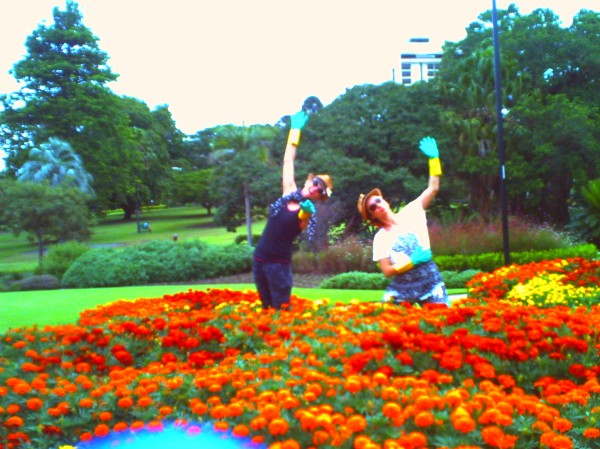
The final activity Sophia had proposed out in the park was a Reiki session—so although it had started to rain, we were committed to making it happen and found a semi-sheltered location under a massive fig tree. Our guide from the tour earlier was from India and mentioned that this fig tree happened to be the species Ficus religiosa, otherwise known as the bodhi tree (the tree under which the Buddha faced the demon Mara and attained enlightenment).
From the ever-lovable Wikipedia:
‘Ficus religiosa’ is a large dry season-deciduous or semi-evergreen tree up to 30 metres (98 ft) tall and with a trunk diameter of up to 3 metres (9.8 ft). The leaves are cordate in shape with a distinctive extended drip tip; they are 10–17 cm long and 8–12 cm broad, with a 6–10 cm petiole. The fruits are small figs 1–1.5 cm in diameter, green ripening to purple. The leaves of this tree move continuously even when the air around is still and no perceptible wind is blowing. This phenomenon can be explained due to the long leaf stalk and the broad leaf structure. However, religious minded people in Hindu/Buddhist religion attribute this movement of the leaves to the fact that “devas” or “gods” reside on these leaves and make it move continuously. This fact is also mentioned in the Bhagavad Gita as a verse “O Ashvatha, I honor you whose leaves are always moving…” [4]
Backed by the sounds of ongoing city construction yet nestled under the bodhi tree, we got down to the business of feeling and channeling energy, rain or shine (or in this case, both.)
Back in the studio, Leah decided to get a bit more sciencey and pieced together a presentation on matter and energy with information of varying legitimacy taken from “the internet”. It included quotes from this article about Matter and Energy by Theoretical Physicist Matt Strassler, and a realisation of this explanation of Einstein’s E = mc squared, in which she translated Sophia’s mass (m) into an energy (E) equivalent in TNT. We have since learned from our science advisor Evan that this isn’t quite legit because it does not take into account combustible energy. It was a fun exercise regardless.
Continuing on with an attempt to understand waves and coherence, Leah also had a crack at re-enacting Bruce Lipton’s experiment as described in this article, dropping two coins into a container of water and observing the ripples. Although the experiment didn’t really do what it was meant to, it did help us to visualise the concepts of wave interference, and led us to creating an experiment of our own:
The Blindfold Wavelength Experiment by Remolde & Shelton
We hypothesised that listening to the same frequency tones might bring our brain wavelengths into coherence (thus putting us both on ‘the same wavelength,’ so to speak). And perhaps, we theorised, an indicator of us being on the same wavelength could be that we move in synch, even if we can’t see each other. So to test this (odd) hypothesis, we blindfolded ourselves and did a series of movement improvisations listening to various tones over headphones. We filmed this experiment, but have yet to review the outcomes. Needless to say, Leah is a little cynical of the outcome. Sophia remains optimistic that something of value is in there, but hasn’t had the gumption to find out for sure.
Week 3, Day 4.1
The weeks no longer had the structure of traditional week-like time sequences. Week 3 continued on into the week-end, where we had a follow-up meeting with Dr. Evan Stephens.
At some point during Week 2, Sophia became obsessed with something Evan had mentioned in passing during their first meeting—paramagnetism of soil. So she discovered via the mystical powers of the internet that Philip S. Callahan had created a device that measured radio waves using an oscilloscope (and a wet burlap rag soaked in seawater, as we would later find out). Leah, being a collaborator of extreme and glorious ‘yes, and-ing’, got hot on the search.
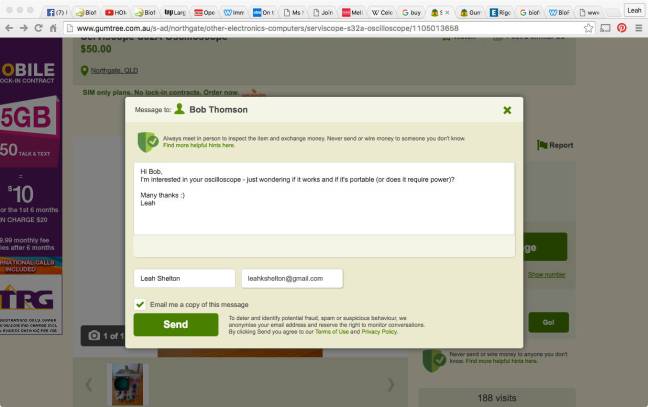
Maybe it was because we had some leads on how to measure light waves and electrical waves, that Sophia was intent on finding a way to measure magnetism (operating under the theory that electromagnetic and other energetic fields form the backdrop of our lives). Evan mentioned a paramagnetic rock—can we get one of those? What about the oscilloscope—can measuring radio waves somehow give us a clue about paramagnetic soil? And what is paramagnetism, anyway?
So we sent an email to Evan asking if he knew anyone who had an oscilloscope, paramagnetic rock, or Phil Callahan Soil Meter. Evan seemed impressed by the potential of digging up Phil Callahan despite him not going into much depth about paramagnetism. Instead of bringing over an oscilloscope, he brought over Phil’s book “Paramagnetism—Rediscovering nature’s secret force of growth.” He did this between Week 2 + 3, so by the time we met again on the Saturday after Week 3, we were prepped with questions about measuring waves of all kinds.
We had also watched the two-hour NOVA special “Earth from Space,” as highly recommended by Evan. It starts off much like one of our favorite inspirational films “The Secret Life of Plants,” with dramatic scenes of environmental action set to an intense musical score. Unlike “The Secret Life of Plants,” however, “Earth from Space” was made in collaboration with NASA, using their satellite data to reveal underlying forces that sustain our planet. Inspired by this film and by Phil Callahan’s “Paramagnetism,” we decided we wanted to measure waves along the electromagnetic spectrum—radio, infrared, and UV. Evan clued us in on the notion that we may even be able to use NASA’s preexisting data in our research. Does that mean that we might be collaborating with NASA??? Maybe. We also want to be the first artists to do a performance residency on their satellites that are out in space waiting to catch electromagnetic waves.
We also delved deeper into discussing biomarkers and chemical markers that can give us information about the health of our environment. Evan also introduced the term “extremophiles”—organisms that thrive in extreme environments. For example, our microbiome is an extreme environment, so the bacteria in there are extremophiles. For example, we Energy Enthusiasts are extremophiles for loving energy so much that we would go out and dance in space in the hopes of catching a ray of electromagnetism.
We also want to go deep and discover the totality of the biosphere, the global system that integrates living beings and all their relationships, which includes the lithosphere (rock), hydrosphere (water) and atmosphere (air). It is clear that we are addressing an ecological issue where every component interdependently affects one another.
Week 3, Day 5.0
We took a day to blog it out on Sunday before heading into Week 4—taking all that we learned, experienced, documented, measured, failed at, still weren’t sure of, and were sure we’d become sure of…okay, we were sure of nothing at this point.
But with the genuine intention to transmit something that could help people feel connected to the world and a false confidence that we could collaborate with NASA one day (or at least get access to their data), we set out in Week 4 to pull it all together.
Since ELF/VLF frequencies saturate all of the atmosphere, they are not going to my cloth antenna from point A to point B (as between broadcast and receiver), but rather the cloth detector is imbedded in the atmospheric frequency. Therefore the energy is at what is called zero aperture by antenna engineers. Thus, there is no spread of the radio light as from a flashlight. Since there is no spread, total spatial coherence is at the cloth detector. In other words, the radio is spatially coherent, not necessarily time coherent. Coherent means all the energy is in one space at one time like marching soldiers, not a mob scattered, or incoherent.
~ Paramagnetism, Philip S. Callahan ~
